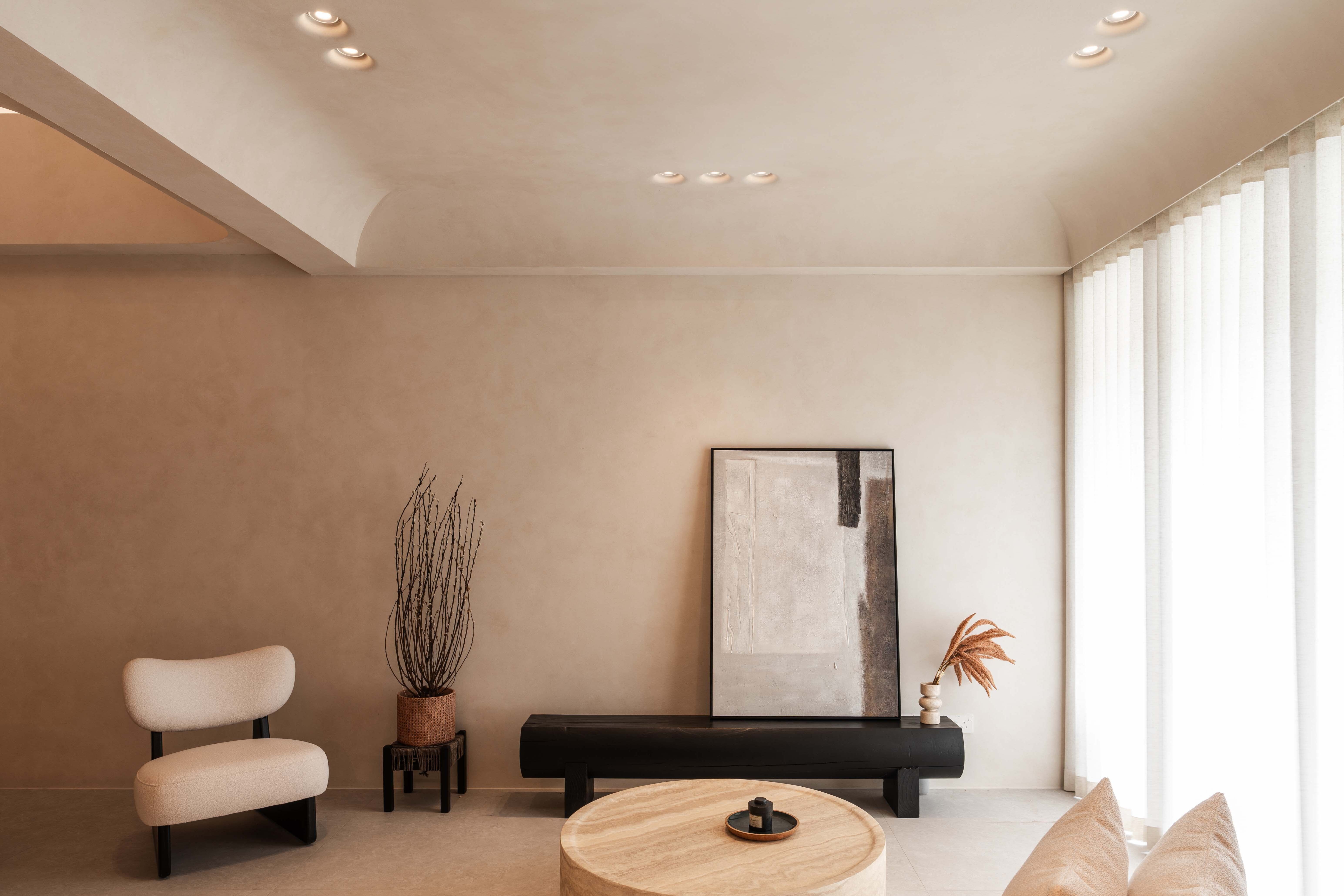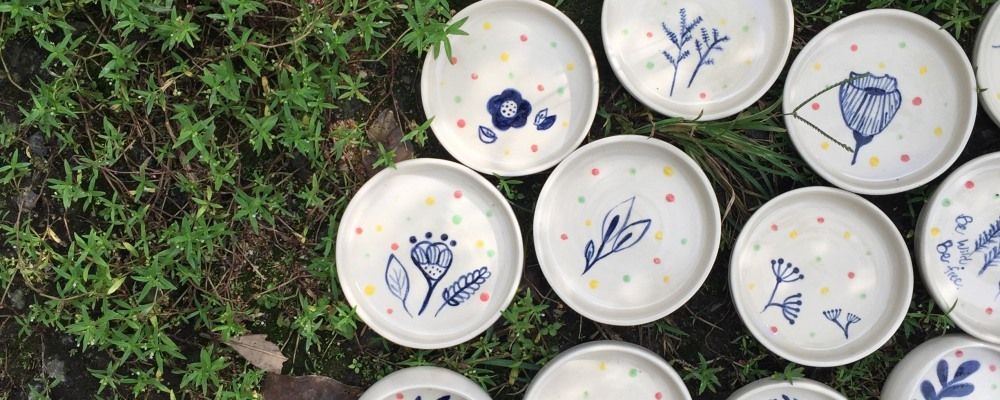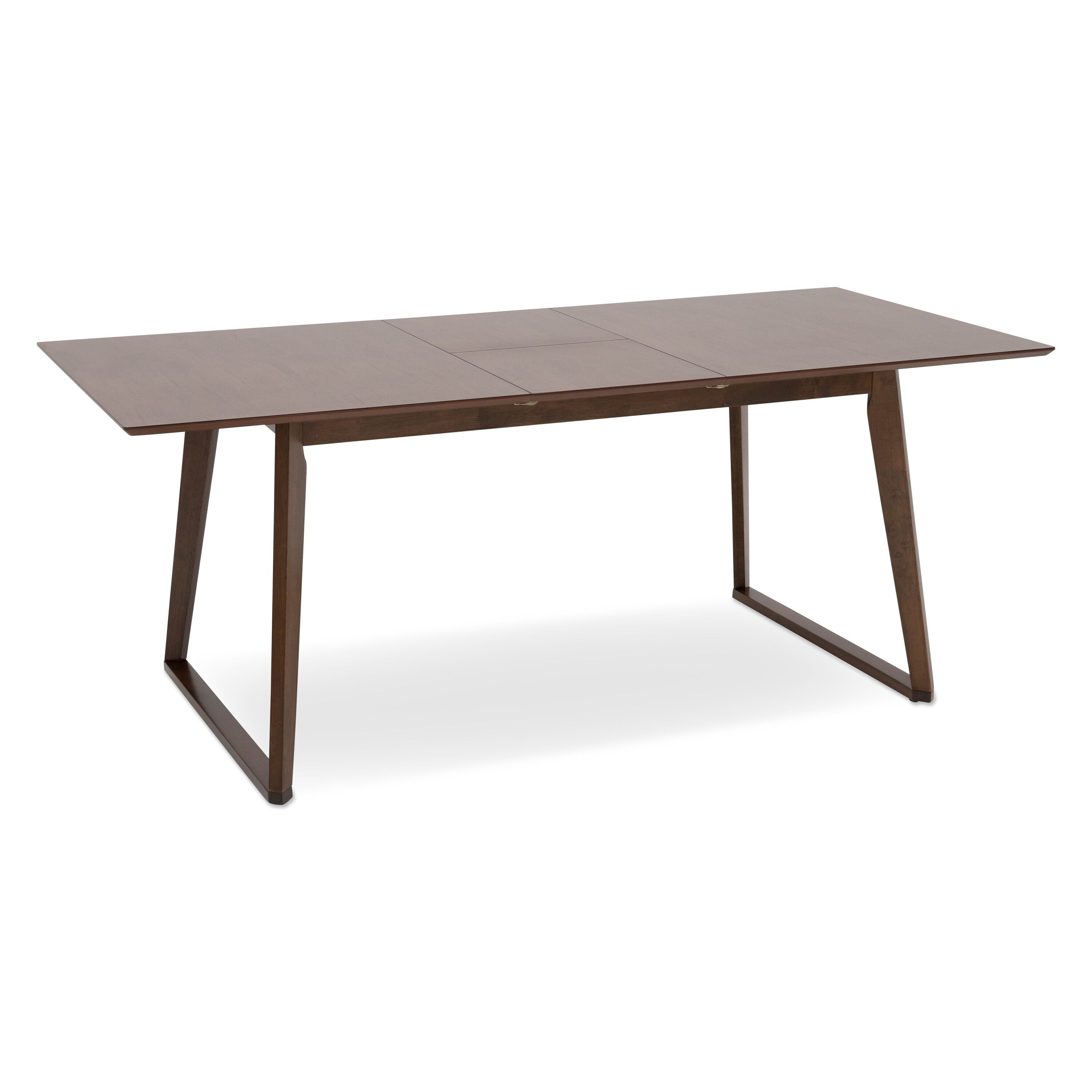Key Takeaways:
- A Balanced Flow of Energy: Adopting feng shui helps create a life-enhancing vibe by focusing on clear traffic flow, proper commanding position, and balanced elements.
- Local Brands, Local Flair: Support Singaporean creativity by choosing items from Sol Luminaire, Thow Kwang Pottery Jungle, and FortyTwo to keep your space connected to both style and tradition.
- Small Tweaks, Big Impact: Even minor adjustments—like decluttering and adding natural light—can shift negative energy and instill good feng shui in any room.
Have you ever walked into a home and felt an immediate sense of comfort, as though the surroundings were in perfect harmony? In the vibrant heart of Singapore, where tradition meets modernity, people often credit such welcoming atmospheres to feng shui. This ancient practice is rooted in wind water principles, focusing on how energy flows through a space. For many homeowners in Singapore looking for interior design or renovation service, understanding feng shui can be a real game-changer.
The Roots of Feng Shui
Originating in Chinese history, feng shui—sometimes referred to as chinese geomancy—dates back as far as the Shang Dynasty. Scholars and chinese academics have long noted that it involves observing the environment, cardinal directions, and elements to create a sense of balance. This tradition was so important in ancient China that government officials would often consult feng shui masters to ensure their buildings, tombs, and even entire cities were positioned for good fortune.
The term “feng shui” literally translates to “wind water,” highlighting nature’s role in shaping energy forces. Traditional feng shui schools emphasize the interplay of yin and yang, the five elements, and the flow of chi—often described as the vital life force that underpins all human life. Despite being centuries old, feng shui continues to thrive, partly because it adapts to evolving lifestyles both in the East and in the western world.
Key Feng Shui Schools and Basic Principles
Several feng shui schools exist, each guided by basic principles that revolve around analyzing floor plan, orientation, and the direct line of energy entering a house. Classical approaches focus on aligning your front door with auspicious cardinal directions, while more modern interpretations consider traffic flow within room layouts. Regardless of the school, the primary aim is to bring positive energy to your private space and avoid blocked chi, which can happen with excessive clutter or cramped layouts.
Anecdotally, many Singaporean families consult feng shui masters before renovating or moving into a new house, especially when choosing auspicious dates for important milestones. Feng shui is about harmonizing your space with your inner self. When your room layout respects nature’s flow, you’re more likely to experience positive energy in everyday life.
Understanding the Five Elements
At the heart of feng shui design are the five elements: wood, fire, earth, metal, and water. Each of these elements represents specific characteristics and can be used to create harmony in any room. Wood stands for growth and vitality, fire signifies passion and energy, earth brings stability, metal fosters clarity, and water promotes adaptability. Incorporating feng shui with these elements can guide you in crafting a balanced ambience, whether you have a small room or a large room.
Selecting feng shui colors that match the five elements is also vital. For example, shades of green represent wood, while reds symbolize fire. Earthy tones highlight earth, metallic hues link to metal, and deep blues or blacks hint at water. These corresponding colors can be introduced through furniture, decorative pieces, or subtle accents to maintain balance without overwhelming your valuable space.
The Bagua and Eight Areas
A key tool in feng shui is the bagua, which divides a space into eight areas (plus a sometimes-referenced ninth area). Each part represents aspects such as wealth, helpful people, self cultivation, and family. The bagua map is often placed over a floor plan to identify which parts of your room or house need attention. Aligning these eight areas with the commanding position of key items—like your bed or work desk—ensures that chi circulates properly.
From a practical standpoint, ensuring that your bed is against a solid wall in a commanding position prevents negative energy from sneaking up behind you. Placing a sturdy headboard and avoiding a direct line from the front door to your bed can help reduce blocked chi. If you feel lost about applying these ideas, even minor adjustments in your furniture arrangement can encourage good feng shui. For more insights relevant to the season, check out some handy tips at Chinese New Year Buys to see how festive items can also align with feng principles.
Good Feng Shui vs. Bad Feng Shui
When you have good feng shui, you bring positive energy into your room. This translates into smoother traffic flow, uplifting vibes, and even improved self cultivation. In contrast, bad feng shui can manifest as cramped corners, an excess of sharp edges, or excessive clutter that disrupts harmony. We sometimes underestimate how negative energy can affect our mood and health. Simple changes like rearranging furniture or introducing natural light can make all the difference.
Most Singaporean homeowners are not looking to revolutionize their living spaces overnight. Instead, they practice feng shui incrementally, adding gentle touches over time. Whether it’s repositioning a couch to ensure unobstructed traffic flow or choosing the right paint shade, contemporary feng shui remains adaptable. Even small choices—like placing plants with softer leaves instead of spiky ones—can help bring positive energy while avoiding harsh edges.
Arranging Furniture and Traffic Flow
Feng shui places importance on how people move within a room. The idea is to promote uninterrupted traffic flow so that chi travels freely. You might, for example, shift a coffee table to open up a walkway or swap out bulky furniture for pieces that accommodate the overall environment. Even in a small room, strategic arrangement of furniture can create a spacious feel, while a large room benefits from well-defined zones to keep the energy balanced.
Before picking out a new sofa or dining set, consider the commanding position principle. You want to see the entrance of a room without being directly in line with it. This approach can reduce a sense of vulnerability and improve your peace of mind. Experts often mention that having the bed, desk, or sofa in a commanding position fosters a sense of control, which aligns with yin-yang balance and encourages healthy chi flow.

Contemporary Feng Shui in Singapore
Over the years, feng ideas have made their way into local design trends, proving that chinese traditions can coexist comfortably with modern decor. From matching sleek furniture with feng shui colors to placing plants where they can receive ample natural light, Singapore’s design scene offers creative ways to honor this geomancy. It's a reflection of how human life can fuse culture and innovation.
The Fire Element in Local Lighting
According to feng shui, the fire element symbolizes passion and energy. In 2025, local brands are championing products that promote contemporary feng shui. Sol Luminaire, for example, offers pendant lights and lamps that add a cozy glow to any private space. These lighting solutions are ideal for introducing a hint of fire to maintain balance. Check out Sol Luminaire’s new collections to see how a well-placed fixture can elevate the ambiance without causing bad feng shui.
The Earth Element in Ceramic Décor
Staying grounded is essential for good feng shui, which is why the earth element is linked to nourishment and support. Thow Kwang Pottery Jungle, celebrated for its traditional dragon kiln, offers ceramics that enrich your environment with subtle earthiness. A carefully placed vase or plate can evoke harmony and balance out overly yang designs. Take a look at Thow Kwang Pottery Jungle’s creations to discover unique pieces that speak to feng ideals.
The Wood Element for Prosperity
In chinese culture, wood is seen as a source of growth and prosperity, making it a favorite for many Singaporean homeowners. As we enter a new lunar cycle, some people highlight the wood element in their interior design to boost wealth and general well-being. For example, FortyTwo’s Kevan Extendable Dining Tableintroduces a modern flair that still aligns with earth tones and wood synergy. This subtle addition supports feng principles, while also improving the overall energy of the room.
Practical Feng Shui Tips for Any Room
Whether it’s a living room or bedroom, a few practical tips go a long way in incorporating feng shui. First, maximize natural light to brighten the space and maintain positive energy. Next, avoid a direct line from your front door to large windows, as this can let chi escape too quickly. Finally, position key furniture—like beds, desks, or couches—in a commanding position so you can see who enters the room without being startled. Small tweaks like these ensure you don’t feel lost when trying to apply feng shui systematically.
Conclusion
Our service matches homeowners to professional interior designers who understand feng shui and local tastes, ensuring every detail aligns with your preferences. Visit us online to see how we connect you with experts who appreciate both tradition and innovation. Browse our latest posts for more ideas on harmonizing your room layout.







